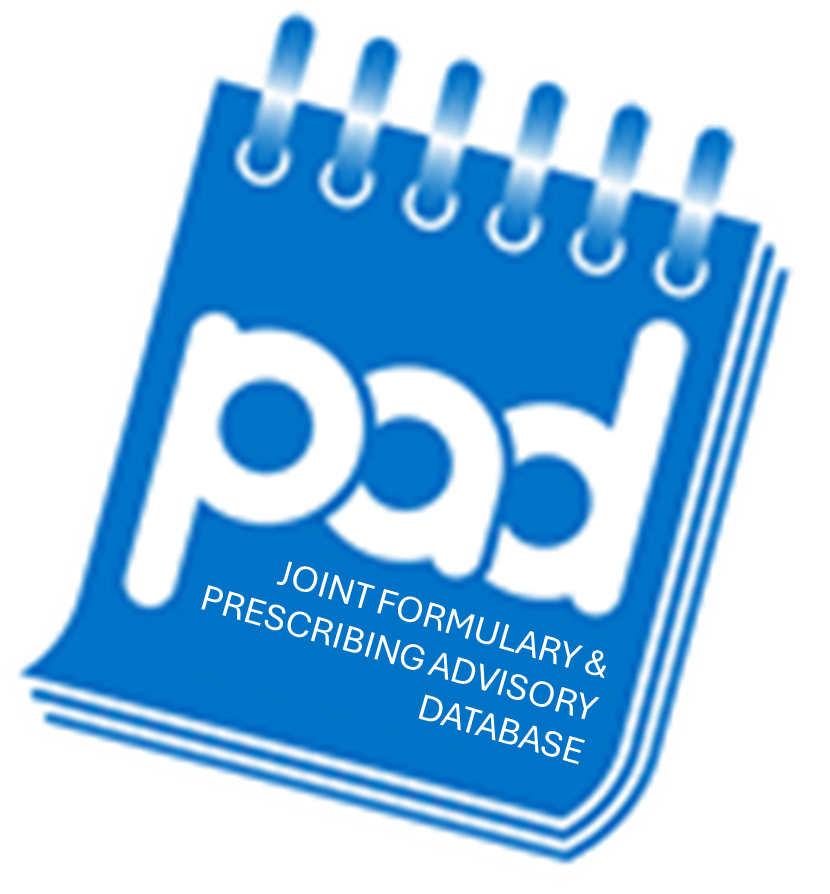
Insulin Lispro - Admelog - Diabetes Mellitus
You are here : Home > Formulary Search > Insulin Lispro - Admelog - Diabetes Mellitus
Status 1
- Cartridges
- Pre-filled pen
- Vials
Documentation
PAD Profile
Committee Recommendations (3)
The Surrey Heartlands Integrated Care System Area Prescribing Committee (APC) recommends biosimilar insulin as a treatment option for patients with diabetes mellitus where it is indicated, in line with NICE Guidelines NG17, NG28 & NG18
Biosimilar insulin will be considered for use for the same APC agreed indications and traffic light status as its reference product (RP).
The Medicines Healthcare Products Regulatory Agency (MHRA) states that biosimilar medicines are interchangeable with the original biological product and with other biosimilars when approved, which is reflected in government guidance on the licensing of biosimilar products and supported by the joint EMA-HMA statement on interchangeability. Once authorised, a biosimilar product is considered to be interchangeable with their RP, which means a prescriber can choose the biosimilar medicine over the RP (or vice versa) and expect to achieve the same therapeutic effect. Likewise, a biosimilar product is considered to be interchangeable with another biosimilar to the same RP.
The MHRA recommends prescribing biosimilar insulins by brand name and that the device is specified. This information should be included in patient documentation (eg, insulin safety card/patient insulin passport) to ensure that substitution of a biosimilar product does not occur when the medicine is prescribed or dispensed.
NHS England recommend that where a biosimilar is available, prescribers and patients are encouraged to have a shared decision-making conversation as part of their medicines review to consider using the biosimilar. This applies to both new patients and those who are already receiving the reference product.
The insulin pen delivery device may be unique to the insulin brand, if so patients will need to be instructed on the correct u
MHRA Safety Alert
Cutaneous amyloidosis can be considered as a differential diagnosis to lipodystrophy when a patient presents with subcutaneous lumps at an insulin injection site. Healthcare professionals are advised to ensure that all people who inject insulin are taught to check for signs of developing cutaneous amyloidosis or lipohypertrophy and that they should report any abnormalities to their healthcare professional.
Refer to the Cutaneous amyloidosis Guidance for Healthcare Professionals below
This drug has been agreed as appropriate for initiation in Primary Care and/or continued in Primary Care following a recommendation from specialists in other health care sectors. Following consideration by the PCN, it has been assigned a GREEN traffic light status.
Insulins should be prescribed by BRAND
Other Indications
Below are listed other indications that Insulin Lispro - Admelog is used to treat.
- No records returned.
Other Drugs
Below are listed other drugs that are used to treat Diabetes Mellitus.
- Acarbose
- Alogliptin
- Alogliptin/metformin
- Biphasic Insulin Aspart - Novmix 30
- Biphasic Isophane Insulin - Humulin M3
- Biphasic Lispro Insulin - Humalog Mix 25
- Biphasic Lispro Insulin - Humalog Mix 50
- Canagliflozin
- Canagliflozin/metformin
- Dapagliflozin
- Dapagliflozin/metformin
- Dulaglutide
- Empagliflozin
- Empagliflozin/metformin
- Ertugliflozin
- Exenatide
- Glibenclamide
- Gliclazide
- Glimepiride
- Glipizide
- Glyxambi (Linagliptin/empagliflozin)
- Insulin Aspart - Fiasp
- Insulin aspart - NovoRapid
- Insulin Aspart - Trurapi
- Insulin degludec
- Insulin degludec with liraglutide
- Insulin detemir
- Insulin glargine - Abasaglar
- Insulin glargine - Lantus
- Insulin glargine - Semglee
- Insulin Glargine - Toujeo
- Insulin glulisine - Apidra
- Insulin Lispro - Humalog
- Insulin Lispro - Lyumjev
- Insulin pump - non-autoimmune causes
- Insulin pump - Type 1 diabetes
- Isophane (neutral insulin) - hypurin porcine 30/70
- Isophane Insulin - Humulin I
- Isophane Insulin - Hypurin Porcine Isophane
- Isophane Insulin - Insulatard
- Linagliptin
- Linagliptin/metformin
- Liraglutide
- Metformin hydrochloride
- Metformin hydrochloride/pioglitazone
- Metformin hydrochloride/sitagliptin
- Metformin hydrochloride/vildagliptin
- Pioglitazone hydrochloride
- Repaglinide
- Saxagliptin
- Saxagliptin/dapagliflozin
- Semaglutide
- Sitagliptin
- Soluble insulin - Hypurin porcine neutral
- Soluble insulin - Actrapid
- Soluble insulin - Humulin S
- Sotagliflozin
- Suliqua (Insulin glargine/lixisenatide)
- Tirzepatide
- Tolbutamide
- Vildagliptin
